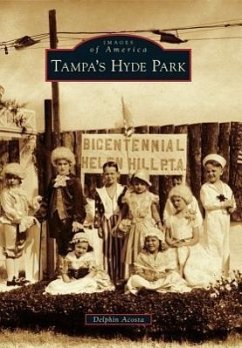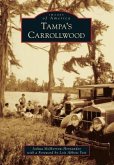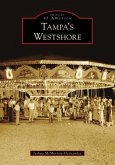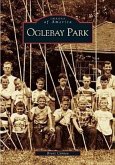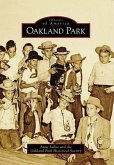Tampa's Hyde Park was a beautifully located frontier that was not discovered until the latter part of the 19th century. Scattered tiny settlements were farmed and fished along Hillsborough Bay. The fine climate and natural resources lingered until Henry B. Plant arrived with his railroad and steamship line in 1884. Then, like magic, Hyde Park exploded into a visionary community. O.H. Platt created Hyde Park's original subdivision, and Plant opened a fanciful jewel of America's Gilded Age, the Tampa Bay Hotel. In less than 10 years, the backwater that was located along the western edge of Hillsborough Bay became Florida's first magic kingdom. As the Victorian period ended and the 20th century emerged, Hyde Park embraced the aesthetics and cultural changes of the new century. Bungalows dominated new housing in Hyde Park, providing architectural modernism for the emerging middle class. Today, Hyde Park has among the largest intact collections of Craftsman and Prairie houses in the United States.
Hinweis: Dieser Artikel kann nur an eine deutsche Lieferadresse ausgeliefert werden.
Hinweis: Dieser Artikel kann nur an eine deutsche Lieferadresse ausgeliefert werden.

